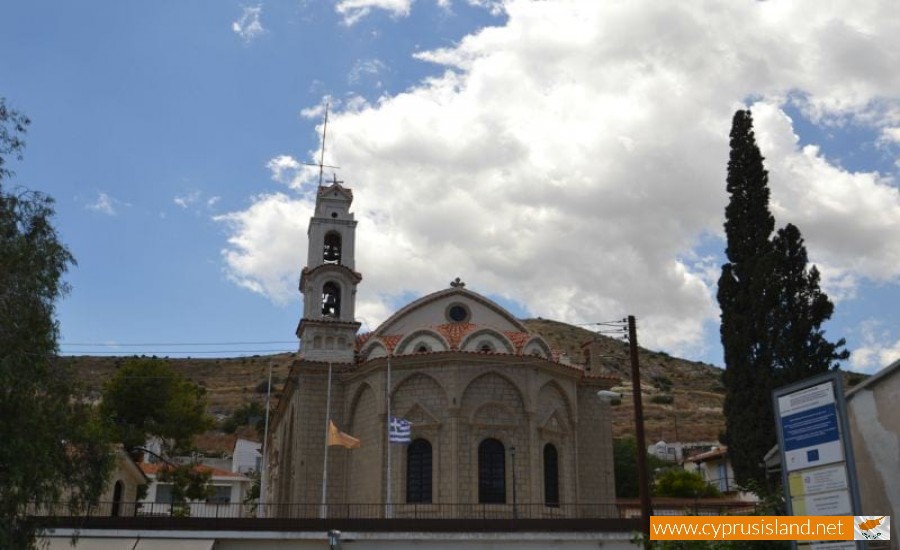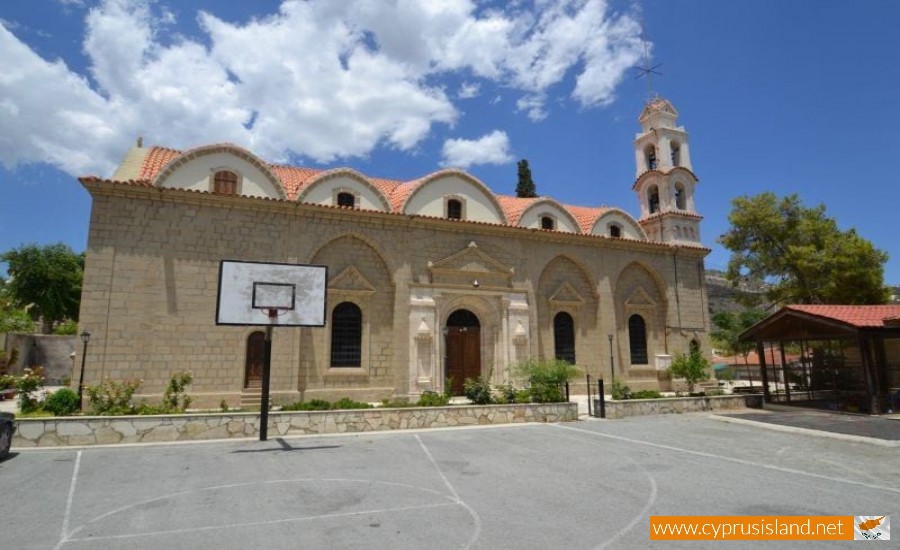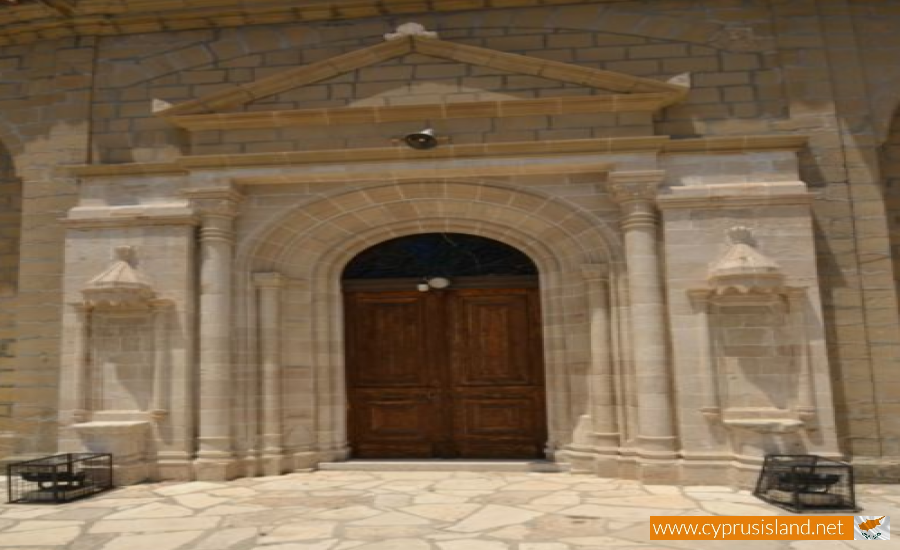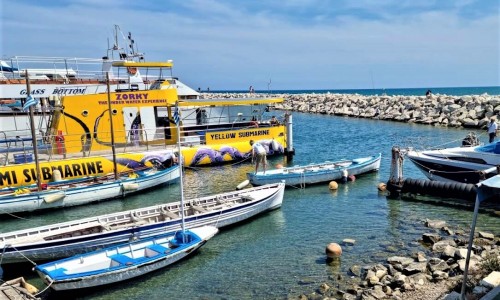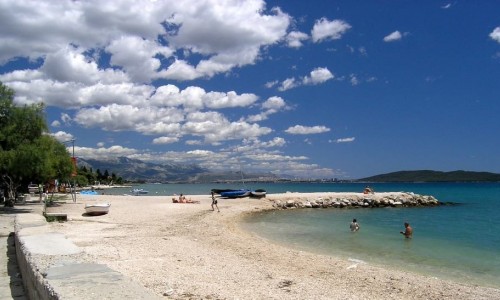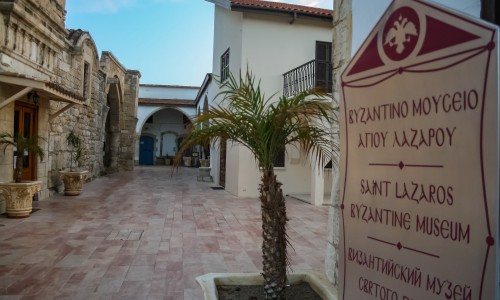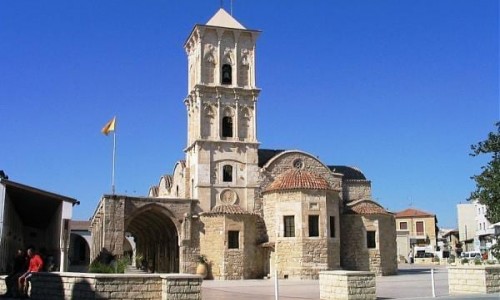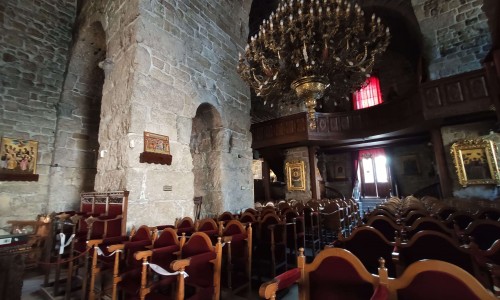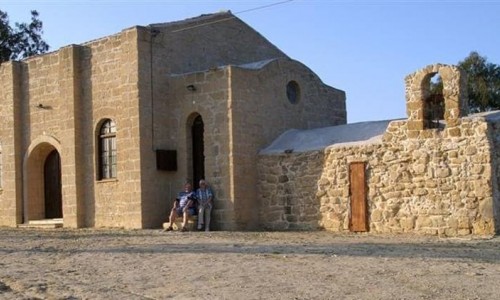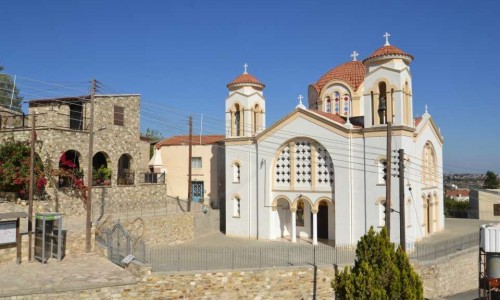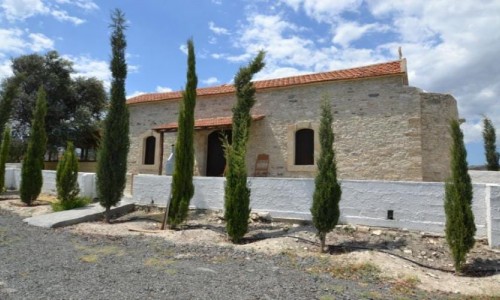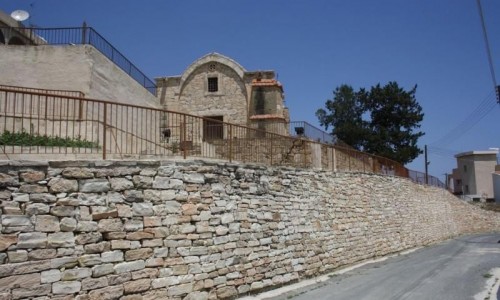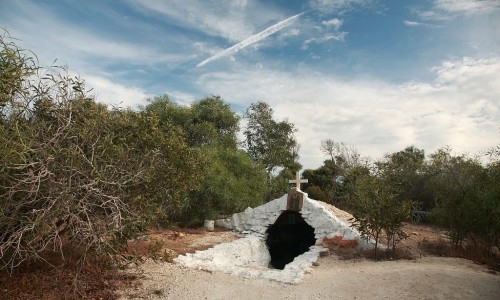Panagia Theotokou Church (Titiotissa) - Kalavasos
Nestled in the rolling hills of southern Cyprus, the picturesque village of Kalavasos is known for its rich history, traditional charm, and archaeological significance. But among its winding lanes and ancient stones lies a more spiritual treasure: the small yet deeply revered Church of Panagia Titiotissa.
The name “Titiotissa” is unusual and rare among Cypriot Marian dedications. While “Panagia” (Παναγία) is a common title for the Virgin Mary in Orthodox Christianity—meaning “All-Holy”—the epithet “Titiotissa” is not widely found elsewhere, suggesting either a local devotional development or a now-lost reference in Byzantine tradition. Some scholars speculate that the name may derive from a now-forgotten toponym, an ecclesiastical title, or even a linguistic variation of another Marian invocation. Regardless of its etymology, the name has been preserved with great devotion by the local faithful for generations.
The origins of the Church of Panagia Titiotissa are somewhat shrouded in mystery. Oral tradition places its foundation several centuries ago, possibly during the late medieval or early Ottoman period (15th–17th century), when many rural communities sought the Virgin’s protection through small village shrines and chapels. While no exact founding date is documented, stylistic elements of the church suggest a construction date in the post-Byzantine era.
Kalavasos, being near the Vasilikos Valley, has long been a crossroads of copper mining, agriculture, and trade, dating back to the Chalcolithic period. The church may have served the local population during times of difficulty and disease, becoming a focal point for communal prayer and Marian veneration.
The church itself is modest in size, built in a single-nave, vaulted style typical of rural ecclesiastical architecture in Cyprus. The materials used—limestone, clay mortar, and locally sourced timber—reflect traditional Cypriot construction. The simplicity of the structure is part of its charm, emphasizing humility and faith over grandeur.
The interior holds several elements of note:
- Iconostasis: A beautifully crafted wooden icon screen separates the sanctuary from the nave. Though not heavily gilded or ornamented, it contains icons of the Virgin Mary, Christ Pantocrator, and a few key saints, likely dating to the 18th or 19th century.
- Main Icon: At the heart of the church is the icon of Panagia Titiotissa herself. The icon is venerated by the faithful, often adorned with offerings such as votive chains, candles, and handkerchiefs—symbolizing prayers for healing, fertility, and protection.
- Fresco Fragments: Traces of wall painting can be found inside, though many are faded due to time and humidity. Some art historians have noted that the pigments and stylistic features might connect the work to a broader tradition of folk-Byzantine art, which flourished in village churches across Cyprus.
Though small, Panagia Titiotissa holds great emotional and spiritual value for the people of Kalavasos and surrounding communities. Her feast day is celebrated with a local liturgy and procession, drawing villagers together in a reaffirmation of shared identity and faith. In recent years, there has been a revived interest in rural religious sites, and the church is now occasionally visited by pilgrims, scholars, and tourists seeking authentic spiritual experiences beyond Cyprus’ more well-known monasteries.
Locals tell stories of miracles associated with the Virgin—healings, protections from accidents, and help in childbirth—all attributed to the intercession of the Titiotissa. Such narratives deepen the emotional connection between the church and the people, transforming it from a historical building into a living vessel of faith.
While the church has been lovingly maintained over the years by parishioners and volunteers, efforts have also been made to document and preserve its structure and history. Small-scale restorations, supported by local ecclesiastical authorities and cultural heritage organizations, aim to safeguard the site against decay. There is also interest in promoting the church as part of religious tourism routes, especially those focused on Marian pilgrimage across Cyprus.
For those exploring Kalavasos—whether for its nearby Tenta archaeological site, its charming stone architecture, or its traditional tavernas—a visit to Panagia Titiotissa offers a moment of quiet reflection. Set slightly apart from the main village, the church invites visitors to pause, light a candle, and connect with a centuries-old tradition of Cypriot spirituality.
Panagia Titiotissa is more than a church; it is a testament to the enduring presence of the Virgin Mary in the hearts of Cypriot villagers. Though humble in appearance, its deep spiritual resonance, mysterious title, and historical intrigue make it one of Kalavasos’ most intimate and beloved landmarks. Whether you are a pilgrim, historian, or curious traveler, stepping into this sacred space offers a glimpse into the soul of Cyprus itself.


